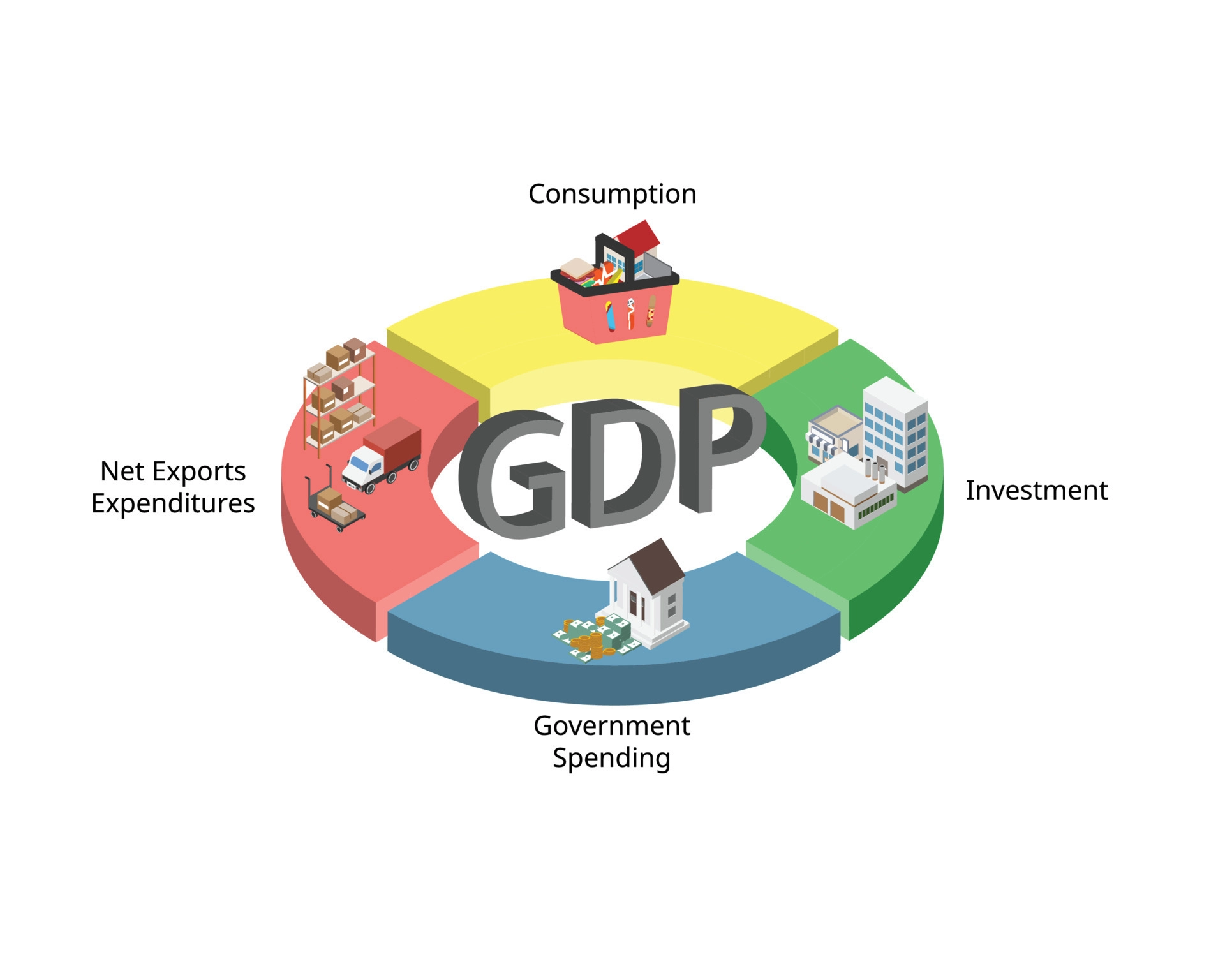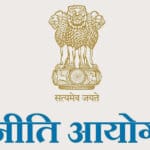The final monetary value of the goods and services produced within the nation over a given time period, typically a year, is known as the Gross Domestic Product (GDP). Simply put, Gross Domestic Product is a measurement of the nation’s annual economic output.
The three main sectors that contribute to India’s GDP are

In order to calculate GDP, a base year is used. It is measured over market prices. Gross Domestic Product growth rate is a gauge of how quickly the economy is expanding. It does so by comparing the country’s GDP in one quarter to that in the previous one, as well as to the same quarter the previous year.
The Gross Domestic Product growth rate is determined by the four components:
- The primary driver is personal consumption, which includes the critical sector of retail sales.
- The second component is business investment, which includes construction and inventory levels.
- The third category is government spending, the most important of which are social security benefits, defense spending, and medicare benefits. During a recession, the government frequently increases spending to kick-start the economy.
- The fourth component is net trade.
GDP growth is positive when the economy is expanding. Businesses, jobs, and personal income all increase as the economy grows. If it falls, businesses will put off making new purchases. They will not hire new workers until they are confident that the economy will improve. These delays have a negative impact on the economy. Consumers have less money to spend if they do not have jobs. When the GDP growth rate falls below zero, the country’s economy is said to be in recession.
The most important indicator of economic health is the GDP growth rate. It varies throughout the business cycle’s four stages: peak, contraction, trough, and expansion.
Nominal GDP is the total value of all final goods and services produced by an economy in a given year; it is not adjusted for inflation. It is calculated using current prices in the year in which the output is produced. Nominal GDP accounts for all changes in the value of all goods and services produced during the year. If prices change from one period to the next while output remains constant, the nominal GDP will change even if output remains constant.
Real GDP, on the other hand, is the total value of all final goods and services produced by the economy in a given year, adjusted for inflation. It is computed using the prices of a given base year. To calculate Real GDP, you must first determine how much of GDP has been changed by inflation since the base year and then divide that amount by the number of years. As a result, real GDP accounts for the fact that if prices change but output does not, nominal GDP changes.
Why GDP in News?
According to data released by the National Statistical Office (NSO) on Tuesday, India’s Gross Domestic Product growth slowed to a three-quarter low of 4.4% in October–December 2022–23, primarily because of a 1.1% contraction in manufacturing, as well as weaker private consumption demand and government expenditure.
The third quarter’s slower growth—down from 6.3% in the July-September quarter and 13.2% in the April-June quarter—reflected the impact of weak exports, consumer demand, and input costs, as well as the Reserve Bank of India’s continued emphasis on “withdrawal of accommodation.”
Other related posts:



